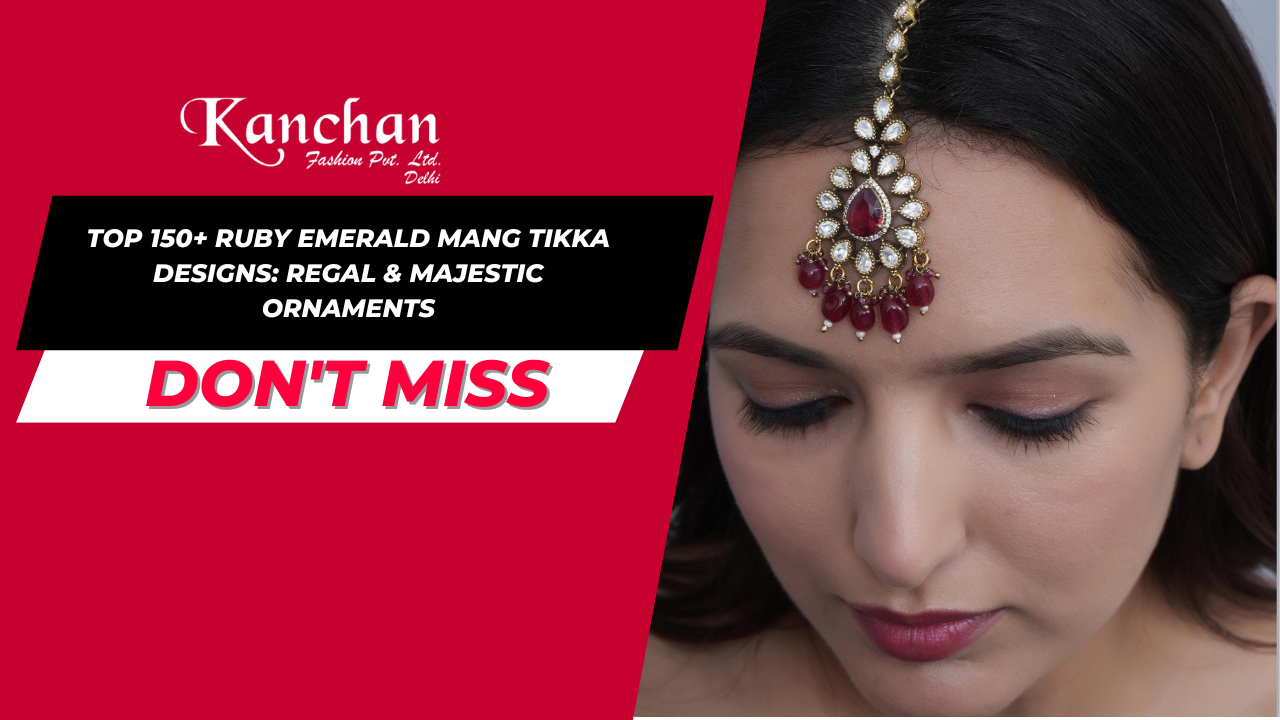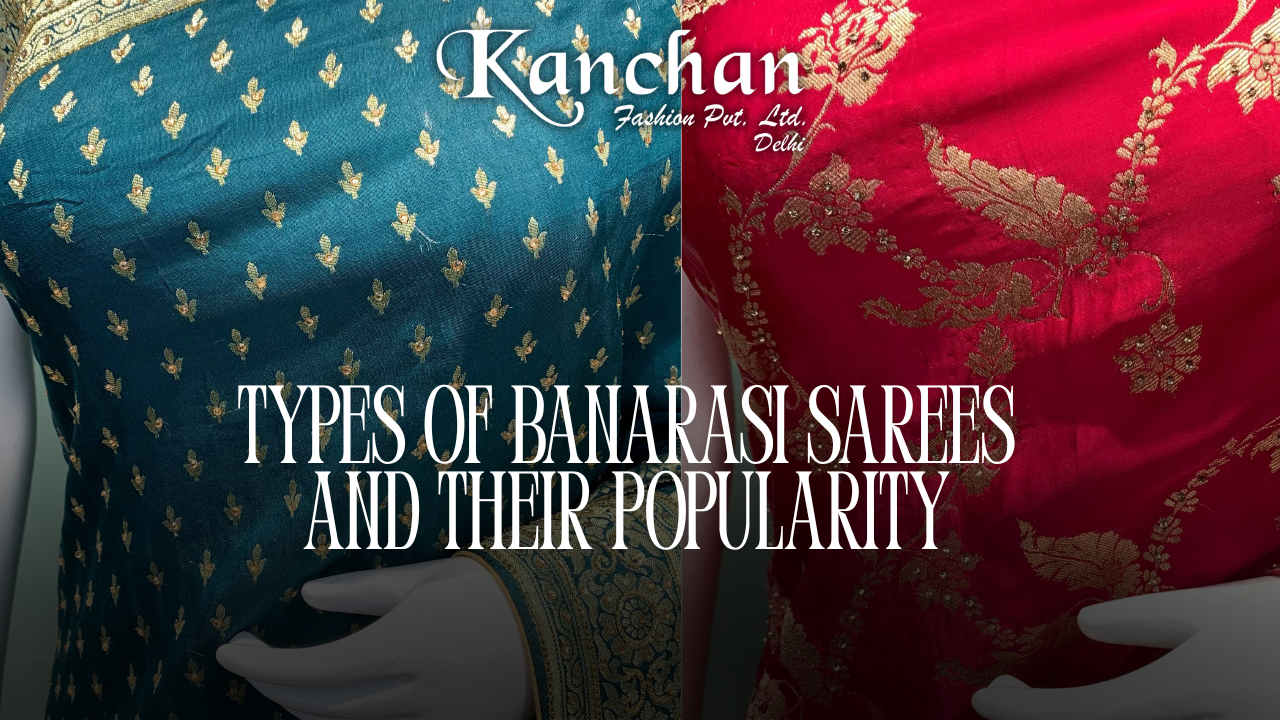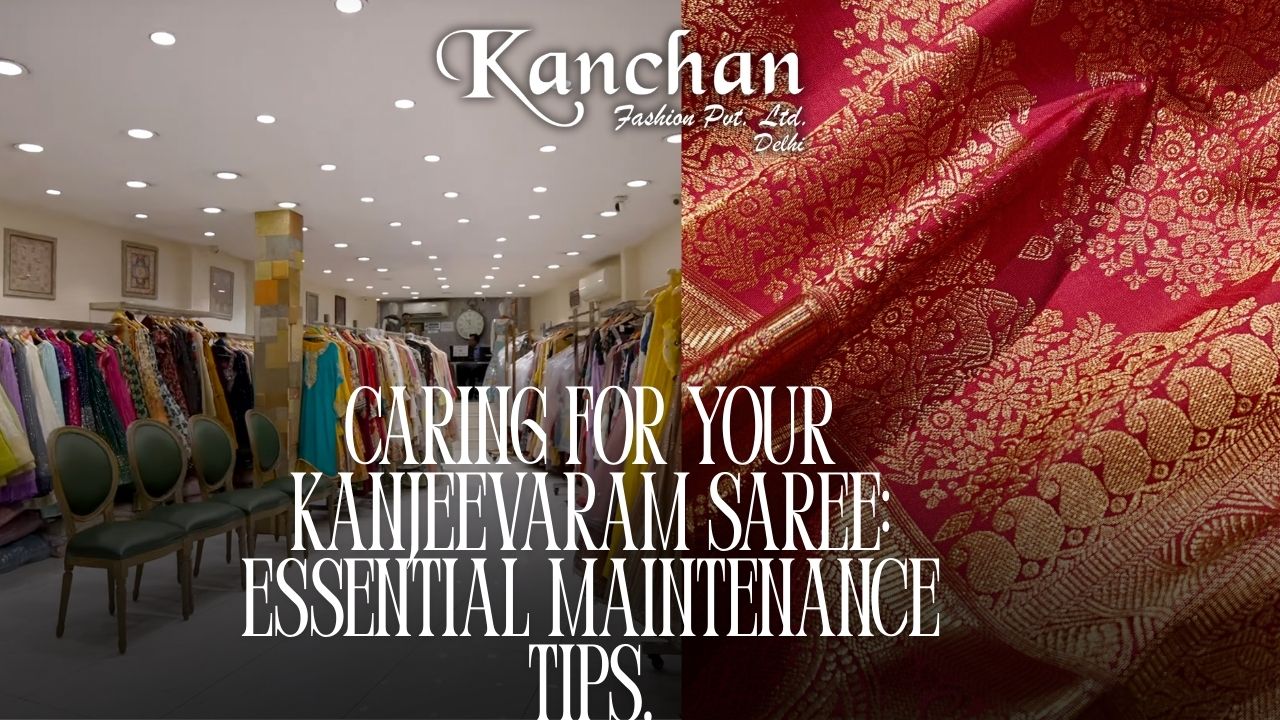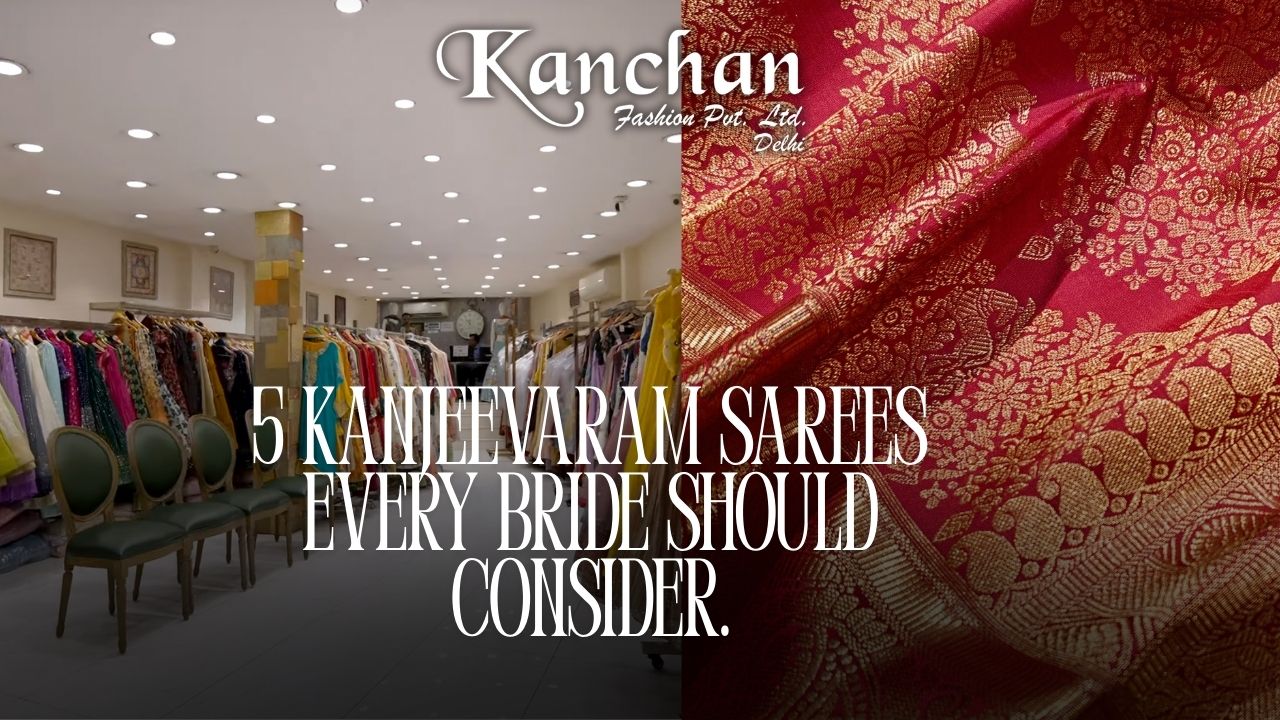
Table of Contents:
- Introduction: The Timeless Allure of Mang Tikkas
- The Historical Significance of Mang Tikkas
- Understanding the Anatomy of a Mang Tikka
- The Majestic Combination of Ruby and Emerald
- Polki and Uncut Diamond Ruby Emerald Mang Tikkas
- Kundan Ruby Emerald Mang Tikkas: Traditional Grandeur
- Jadau Ruby Emerald Mang Tikkas: Intricate Artistry
- Temple Jewellery Inspired Ruby Emerald Mang Tikkas
- Contemporary Ruby Emerald Mang Tikka Designs
- Fusion Mang Tikkas: Blending Styles
- The Importance of Setting in Ruby Emerald Mang Tikkas
- Gold as the Base Metal: Significance and Variations
- Silver and Other Metal Options for Ruby Emerald Mang Tikkas
- The Size and Shape of the Pendant: Making a Statement
- The Chain and Hook: Ensuring a Perfect Fit
- Styling Tips for Ruby Emerald Mang Tikkas
- Caring for Your Precious Ruby Emerald Mang Tikka
- The Craftsmanship Behind These Regal Ornaments
- Ruby Emerald Mang Tikkas for Different Occasions
- The Enduring Popularity of Ruby Emerald Mang Tikkas
- Exploring the Price Range and Investment Value
- Conclusion: Adorning Elegance and Heritage
- Frequently Asked Questions (FAQ)
Top 150+ Ruby Emerald Mang Tikka Designs: Regal & Majestic Ornaments
-
































































































1. Introduction: The Timeless Allure of Mang Tikkas
The mang tikka, a captivating piece of jewelry adorning the forehead, holds a significant place in South Asian traditions, particularly in bridal and festive ensembles. More than just an ornament, it symbolizes marital status, beauty, and cultural heritage. Its placement at the Ajna chakra, the center of intuition and wisdom, further imbues it with spiritual significance. Over centuries, the mang tikka has evolved in design, incorporating diverse gemstones, intricate craftsmanship, and contemporary aesthetics while retaining its inherent regal charm. Among the myriad of gemstone combinations, the pairing of vibrant rubies and lush emeralds stands out for its majestic and opulent appeal. This blog delves into the enchanting world of Ruby Emerald Mang Tikka designs, exploring their historical roots, design variations, styling tips, and enduring allure. We will embark on a journey through over 150 exquisite designs, showcasing the versatility and grandeur of these regal ornaments. From traditional Kundan and Polki settings to contemporary interpretations, we will uncover the artistry and significance behind each breathtaking piece. Whether you are a bride-to-be seeking the perfect head ornament, a jewelry enthusiast captivated by gemstone combinations, or someone interested in the rich cultural heritage of South Asian jewelry, this comprehensive guide will illuminate the captivating beauty of Ruby Emerald Mang Tikkas. Prepare to be mesmerized by the sheer variety and timeless elegance of these majestic ornaments that continue to adorn and enchant generations.
2. Point 1: The Historical Significance of Mang Tikkas
The history of the mang tikka is deeply intertwined with the cultural and social fabric of the Indian subcontinent. Its origins can be traced back to ancient times, with evidence of forehead ornaments found in archaeological excavations and depicted in ancient sculptures and paintings. These early forms were often simpler, crafted from natural materials like shells, beads, and metals. Over time, as craftsmanship evolved and precious gemstones became more accessible, the mang tikka transformed into an elaborate piece of jewelry signifying status, prosperity, and marital bliss. In royal courts, mang tikkas adorned with precious stones like diamonds, rubies, emeralds, and pearls became symbols of power and prestige. The intricate designs and the quality of gemstones reflected the wealth and influence of the wearer. Different regions and communities across the subcontinent developed their unique styles and variations of the mang tikka, each carrying its own cultural nuances and traditions. For instance, the Rajasthani 'Borla' is a distinctive spherical mang tikka, while South Indian designs often feature intricate goldwork and temple motifs. The Mughal era significantly influenced the design of mang tikkas, introducing intricate patterns, enamel work (meenakari), and the prominent use of gemstones like rubies, emeralds, and pearls, reflecting the grandeur and artistic sensibilities of the time. Even today, the mang tikka remains an indispensable part of bridal jewelry in many South Asian cultures. It is considered an auspicious ornament, believed to protect the bride from negative energies and enhance her beauty on her special day. The tradition of wearing a mang tikka is passed down through generations, carrying with it a sense of heritage and continuity. The enduring popularity of the mang tikka speaks volumes about its cultural significance and its ability to adapt to changing times while retaining its timeless appeal.
3. Point 2: Understanding the Anatomy of a Mang Tikka
A mang tikka, while seemingly a single piece of jewelry, comprises several distinct components that work together to create a harmonious and elegant ornament. Understanding these parts is crucial to appreciating the design and craftsmanship involved. The most prominent element is the pendant, which rests on the forehead. This is often the most elaborately decorated part, featuring intricate designs, gemstone settings, and varying shapes and sizes. The pendant can be circular, oval, teardrop-shaped, fan-shaped, or even more contemporary abstract forms. The size of the pendant can range from delicate and subtle to large and statement-making, depending on the occasion and personal preference. Connecting to the pendant is the chain, which typically parts in the middle to be secured in the hair. This chain can be a single strand or multiple delicate chains, often adorned with small beads, pearls, or even tiny gemstones that add a touch of sparkle. The design of the chain can vary from simple and understated to more elaborate with intricate patterns. At the end of the chain is the hook, which is used to secure the mang tikka in the hair. The hook is designed to be sturdy yet discreet, ensuring that the ornament stays in place without being too visible. The material used for the hook is usually metal, matching the base metal of the tikka. Sometimes, there might be additional supporting chains or side strands that frame the face, adding to the overall grandeur of the piece. These side strands often feature smaller pendants or delicate embellishments. The setting of the gemstones within the pendant is another crucial aspect of the anatomy. Different setting techniques, such as prong setting, bezel setting, and pave setting, not only secure the stones but also influence the overall look and feel of the tikka. Understanding these components allows for a deeper appreciation of the artistry and engineering that goes into creating a beautiful and functional mang tikka.
4. Point 3: The Majestic Combination of Ruby and Emerald
The pairing of rubies and emeralds in jewelry is a classic and highly revered combination, celebrated for its striking contrast and inherent regal quality. Rubies, with their fiery red hues, symbolize passion, love, energy, and power. Their intense color has captivated civilizations for centuries, making them highly prized gemstones. Emeralds, on the other hand, with their lush green tones, represent life, renewal, nature, and tranquility. Their vibrant green has been associated with royalty and abundance throughout history. When these two gemstones are brought together in a mang tikka, the result is a visually stunning and symbolically rich ornament. The deep red of the rubies beautifully complements the vibrant green of the emeralds, creating a captivating interplay of color that instantly draws attention. This contrast is not just aesthetically pleasing but also carries a deeper symbolic meaning, representing a harmonious balance of passion and serenity, energy and tranquility. In terms of visual impact, the richness of the ruby and the vibrancy of the emerald create a sense of opulence and grandeur. The depth of color in both gemstones ensures that the mang tikka stands out, adding a touch of majesty to any attire. Furthermore, both rubies and emeralds are considered precious gemstones, highly valued for their rarity, beauty, and durability. Incorporating them into a mang tikka elevates the piece to a heirloom quality ornament, something to be treasured and passed down through generations. The combination is versatile, lending itself well to both traditional and contemporary designs. Whether set in intricate Kundan work or sleek modern settings, the ruby and emerald pairing retains its majestic appeal, making it a timeless choice for those seeking a truly regal head ornament.
5. Point 4: Polki and Uncut Diamond Ruby Emerald Mang Tikkas
Polki and uncut diamonds offer a unique and rustic charm to Ruby Emerald Mang Tikka designs, setting them apart from their more faceted counterparts. Polki refers to diamonds that are left in their natural, uncut form, retaining their original shape and luster. These diamonds are typically flat-backed and have a distinct, antique appearance. Their beauty lies in their natural imperfections and the way they reflect light, creating a subtle yet captivating sparkle. When combined with vibrant rubies and lush emeralds, Polki mang tikkas exude a vintage and royal aura. The contrast between the raw, organic beauty of the Polki diamonds and the intense colors of the rubies and emeralds creates a visually striking and texturally rich piece. The setting for Polki diamonds is often traditional, with the stones being encased in gold foil (kundan work) to enhance their brilliance and secure them in place. This technique further adds to the antique feel of the ornament. Uncut diamonds, similar to Polki, are also used in their natural state but may have slightly different cuts or shapes. They share the characteristic subtle sparkle and organic beauty of Polki. Ruby Emerald Mang Tikkas featuring uncut diamonds often have a more contemporary or fusion aesthetic, depending on how they are set and styled. The combination of the raw diamonds with the rich colors of rubies and emeralds can create a bold and unique statement. The appeal of Polki and uncut diamond Ruby Emerald Mang Tikkas lies in their departure from the conventional brilliance of cut gemstones. They offer a sense of history, authenticity, and understated elegance. These designs are particularly popular among those who appreciate traditional craftsmanship and want to make a sophisticated and distinctive style statement. The inherent uniqueness of each uncut diamond ensures that every Polki or uncut diamond Ruby Emerald Mang Tikka is a one-of-a-kind piece, adding to its value and desirability.
6. Point 5: Kundan Ruby Emerald Mang Tikkas: Traditional Grandeur
Kundan is a traditional Indian jewelry setting technique where gemstones are set with a layer of pure gold foil between the stones and their mount. This method not only secures the gemstones but also enhances their brilliance and creates a rich, opulent look. Kundan Ruby Emerald Mang Tikkas are the epitome of traditional grandeur, showcasing the exquisite craftsmanship and timeless beauty of this ancient art form. In a Kundan setting, rubies and emeralds are meticulously placed within intricate gold frameworks, often surrounded by smaller uncut diamonds or other precious and semi-precious stones. The gold foil reflects light onto the gemstones, making them appear more vibrant and lustrous. The designs of Kundan mang tikkas are often inspired by historical motifs, nature, and religious symbols, reflecting the rich cultural heritage of the region where this technique originated. These tikkas can feature elaborate patterns, floral designs, geometric shapes, and depictions of deities, all rendered in intricate detail with the Kundan setting. The use of rubies and emeralds in Kundan work adds a layer of regal elegance to these ornaments. The deep red of the rubies and the vibrant green of the emeralds stand out beautifully against the warm tones of the gold, creating a visually stunning and harmonious piece. Kundan Ruby Emerald Mang Tikkas are particularly popular as bridal jewelry, as they exude a sense of traditional opulence and complement the rich fabrics and intricate embroidery of bridal attire. The weight and feel of a Kundan piece also contribute to its grandeur, making the wearer feel truly special and adorned. The craftsmanship involved in creating a Kundan mang tikka is highly skilled and time-consuming, making each piece a work of art. The intricate setting of the stones, the precise layering of gold foil, and the overall design require exceptional expertise, which is often passed down through generations of artisans. Owning a Kundan Ruby Emerald Mang Tikka is not just about possessing a beautiful piece of jewelry; it's about owning a piece of history and tradition.
7. Point 6: Jadau Ruby Emerald Mang Tikkas: Intricate Artistry
Jadau is another intricate and highly prized Indian jewelry technique that involves embedding uncut gemstones like Polki diamonds, rubies, and emeralds into molten gold without the use of any adhesive. This technique requires immense skill and precision, as the artisans carefully set each stone while the gold is still malleable. Jadau Ruby Emerald Mang Tikkas are masterpieces of intricate artistry, showcasing the exceptional craftsmanship and the natural beauty of the gemstones. In a Jadau setting, rubies and emeralds are seamlessly integrated into elaborate gold designs, often alongside uncut diamonds and other precious or semi-precious stones. The lack of prongs or bezels gives the jewelry a smooth, almost seamless look, where the gemstones appear to be directly embedded in the gold. The designs of Jadau mang tikkas are often inspired by Mughal art and architecture, featuring intricate floral patterns, geometric motifs, and depictions of nature. The craftsmanship is characterized by its attention to detail and the way the gemstones are arranged to maximize their natural beauty and luster. Jadau jewelry often has a substantial and luxurious feel due to the amount of gold and gemstones used. Ruby Emerald Mang Tikkas crafted in the Jadau style exude a regal and sophisticated charm. The vibrant colors of the rubies and emeralds contrast beautifully with the rich yellow gold, creating a visually stunning and opulent ornament. The intricate designs and the seamless setting of the gemstones make each piece a unique work of art. Jadau jewelry is highly valued for its craftsmanship and its historical significance. It is often associated with royalty and is considered a symbol of heritage and tradition. A Jadau Ruby Emerald Mang Tikka is not just a piece of jewelry; it is a testament to the skill and artistry of the craftsmen who have perfected this ancient technique over centuries. Owning such a piece is a privilege, representing an appreciation for fine artistry and timeless elegance.
8. Point 7: Temple Jewellery Inspired Ruby Emerald Mang Tikkas
Temple jewellery is a distinctive style of South Indian jewelry that draws its inspiration from the intricate carvings and motifs found in ancient temples. These pieces often feature depictions of deities, mythological figures, and elements of nature such as flowers, leaves, and birds. Ruby Emerald Mang Tikkas inspired by temple jewellery incorporate these traditional motifs, often rendered in high-quality gold and adorned with vibrant rubies and lush emeralds. The use of gemstones in temple jewellery is significant, with rubies often symbolizing power and the sun god, and emeralds representing prosperity and the earth goddess. When these gemstones are integrated into the traditional temple designs of a mang tikka, the result is a piece that is not only beautiful but also deeply symbolic and culturally rich. Temple jewellery mang tikkas can feature intricate carvings of goddesses like Lakshmi or Durga, or auspicious symbols like the lotus or the peacock. The rubies and emeralds are often used to highlight these motifs, adding color and vibrancy to the goldwork. The setting of the gemstones in temple jewellery can vary, but it often involves intricate arrangements that complement the overall design. These tikkas may also incorporate other traditional elements like pearls, small gold beads, or enamel work (meenakari) to further enhance their beauty and intricacy. The weight and feel of temple jewellery contribute to its sense of grandeur and tradition. Ruby Emerald Mang Tikkas in this style are particularly popular for weddings and religious ceremonies, as they embody a sense of heritage and auspiciousness. They beautifully complement traditional South Indian bridal attire, adding a touch of divine elegance to the overall look. The craftsmanship involved in creating temple jewellery is highly skilled, often passed down through generations of artisans. Each piece tells a story through its intricate designs and symbolic motifs, making a temple jewellery inspired Ruby Emerald Mang Tikka a cherished and meaningful ornament.
9. Point 8: Contemporary Ruby Emerald Mang Tikka Designs
While traditional designs hold immense cultural significance, contemporary Ruby Emerald Mang Tikka designs offer a fresh and modern take on this classic ornament. These designs often incorporate sleek lines, minimalist aesthetics, and innovative settings while still featuring the timeless beauty of rubies and emeralds. Contemporary mang tikkas may experiment with different shapes and sizes of pendants, moving beyond the traditional circular or teardrop forms to embrace geometric or abstract designs. They might feature a single, statement ruby or emerald as the focal point, surrounded by smaller diamonds or other gemstones, or incorporate unique arrangements of multiple rubies and emeralds in asymmetrical patterns. The settings in contemporary designs can also be more modern, such as bezel settings or prong settings that highlight the individual beauty of each gemstone. The use of different metals, such as white gold or platinum, can also give a more contemporary feel to the piece, providing a cool contrast to the warm tones of the rubies and the vibrant green of the emeralds. Fusion designs, which blend traditional and contemporary elements, are also popular. These might feature a traditional motif rendered in a more minimalist style or incorporate traditional techniques like Kundan or Jadau with a more modern silhouette. Contemporary Ruby Emerald Mang Tikkas cater to women who appreciate the cultural significance of the ornament but prefer a more understated or fashion-forward look. They are versatile enough to be paired with both traditional and Western attire, adding a touch of elegance and sophistication to any outfit. The focus in contemporary designs is often on clean lines, the quality of the gemstones, and the overall impact of the piece. These tikkas are a testament to the enduring appeal of rubies and emeralds and their ability to adapt to evolving fashion trends while retaining their inherent regal charm.
10. Point 9: Fusion Mang Tikkas: Blending Styles
Fusion mang tikkas represent a beautiful amalgamation of different jewelry styles, techniques, and cultural influences, creating unique and captivating ornaments. These designs often blend traditional Indian craftsmanship with contemporary aesthetics or incorporate elements from different regional styles. A fusion Ruby Emerald Mang Tikka might, for instance, combine the intricate setting of Kundan or Jadau with a more modern, geometric pendant shape. It could also feature traditional South Indian temple motifs rendered in a minimalist style and adorned with precisely cut rubies and emeralds in a contemporary setting. Another example could be a mang tikka that incorporates Middle Eastern or Central Asian design elements, such as intricate filigree work or the use of specific gemstone arrangements, along with the classic ruby and emerald combination. Fusion designs offer a wide range of creative possibilities, allowing for the exploration of new forms and expressions while still honoring the beauty of the gemstones. These tikkas appeal to individuals who appreciate eclecticism and want a piece of jewelry that reflects their unique personal style and global sensibilities. The beauty of fusion mang tikkas lies in their ability to transcend traditional boundaries and create something entirely new and captivating. They can be bold and experimental or subtly blend different influences to create a harmonious and stylish ornament. The use of rubies and emeralds in fusion designs adds a touch of timeless elegance and luxury, bridging the gap between different styles and eras. These tikkas are versatile and can be paired with a variety of outfits, from traditional Indian wear to contemporary ethnic ensembles and even some Western styles, making them a valuable addition to any jewelry collection. The craftsmanship in fusion mang tikkas can vary widely, depending on the styles being combined, and often requires artisans with diverse skill sets. The result is a piece that tells a story of cultural exchange and artistic innovation, celebrating the beauty of both tradition and modernity.








